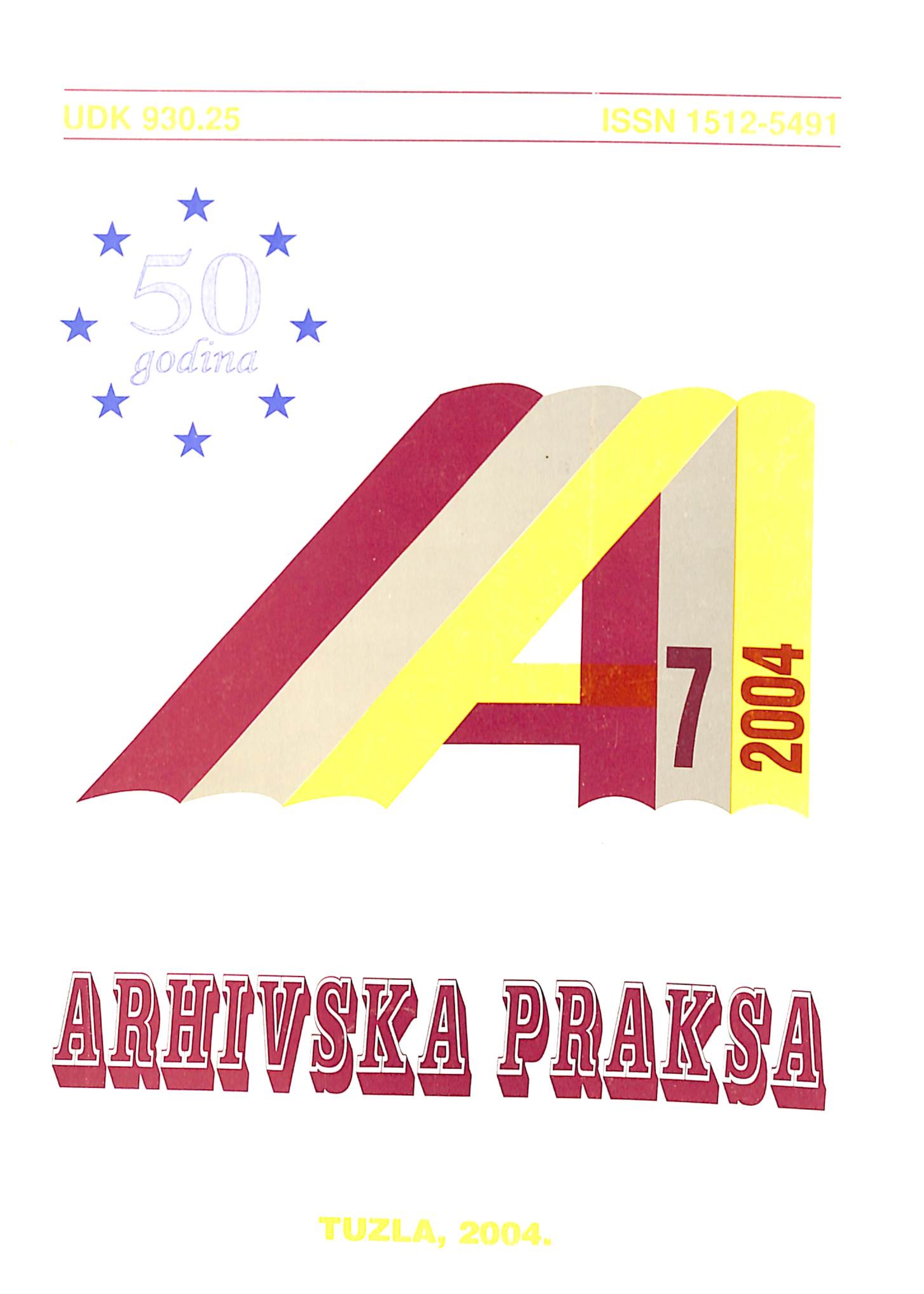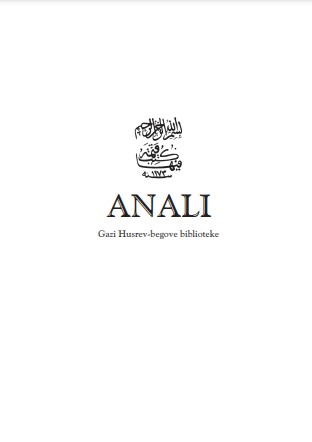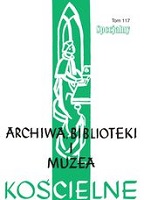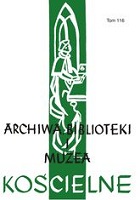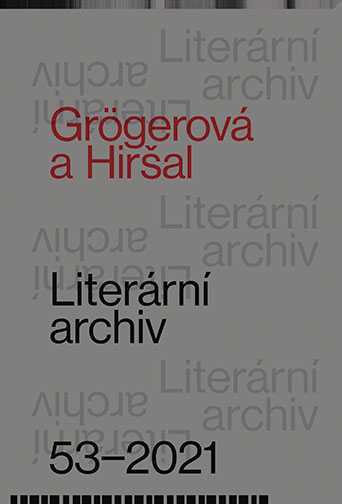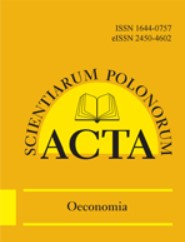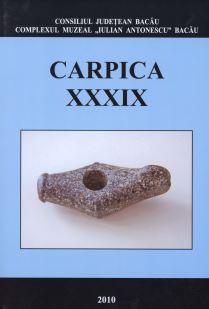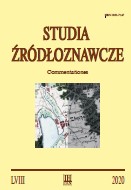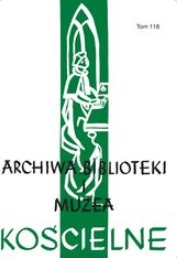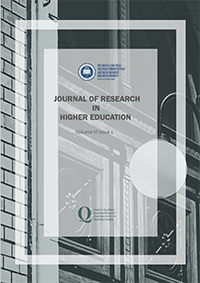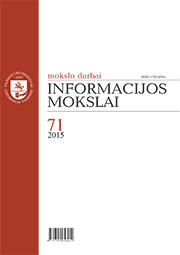
Pogrindžio spaudos leidėjų tinklai Sovietmečio Lietuvoje
The article presents the comparative analysis of four samizdat networks in Soviet Lithuania, including the most successful underground publication in the Soviet Union, “The Chronicle of the Catholic Church of Lithuania”, which was continuously published from 1972 until the breakdown of the regime in 1989. The purpose of the article is to examine the effect of network characteristics on the performance and viability of samizdat publications. The data for social network analysis was collected by face-to-face interviews with the publishers of the selected samizdat publications and by using archival data and published memoirs. The analysis reveals that the exceptional success of the Chronicle can be explained by high density and relative decentralization of the network of its publishers. These results challenge the main claims of the theory of secret organizations.
More...
